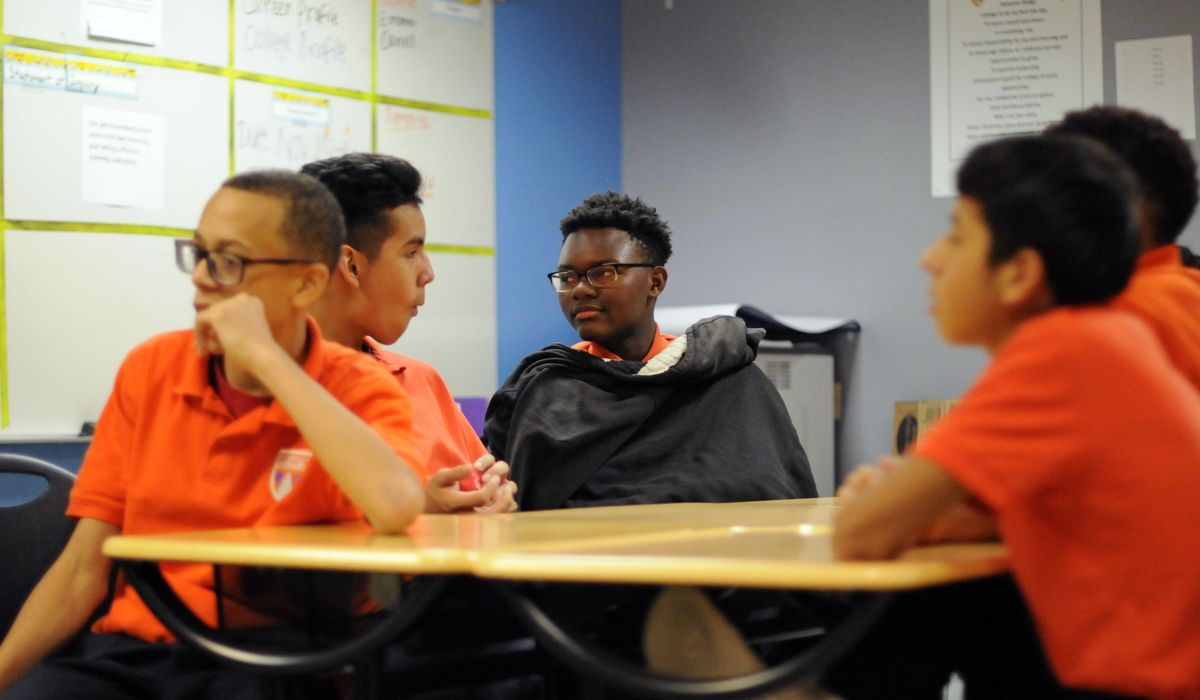


Teenagers who are socially withdrawn and complain about worsening aches and pains are much more likely than others to have suicidal thoughts, a new study has found.
Thirteen Japanese researchers published the study Thursday in JAMA Network Open, a publication of the American Medical Association. They examined a group of 2,780 adolescents in three waves at ages 10, 12 and 16 from October 2012 to September 2021.
In a questionnaire on suicidal thoughts and symptoms given to Japanese youths at age 16, the researchers found those with “persistent high withdrawn symptoms and those with increasing somatic symptoms had a significantly higher risk of suicidal thoughts than adolescents without these symptoms.”
Besides physical pain, somatic symptoms include excessive negative thoughts, feelings and behaviors related to it.
“These findings suggest that to prevent adolescent suicide, it is important to pay attention to the risk of social withdrawal and somatic symptoms, particularly when these symptoms persist or increase in longitudinal follow-up,” the researchers noted.
Participants who reported both issues in early to mid-adolescence were more likely to become suicidal at age 16, the study found.
Teens with increasing physical complaints were about three times more likely than those without them to report suicidal thoughts. Those who reported high social withdrawal were more than twice as likely as those with low withdrawal symptoms to become suicidal.
According to the researchers, the established link between social isolation and social withdrawal suggests the “loss of social connections” could be a warning sign for teen suicide.
They also noted that previous research has linked physical pain in adolescence to a higher likelihood of suicide in adulthood.
The study reported that “headache, fatigue, and stomach ache were the most frequent symptoms” among participants, suggesting a “physical manifestation of psychological distress” among teens who felt stifled culturally from expressing themselves emotionally.
• Sean Salai can be reached at ssalai@washingtontimes.com.
